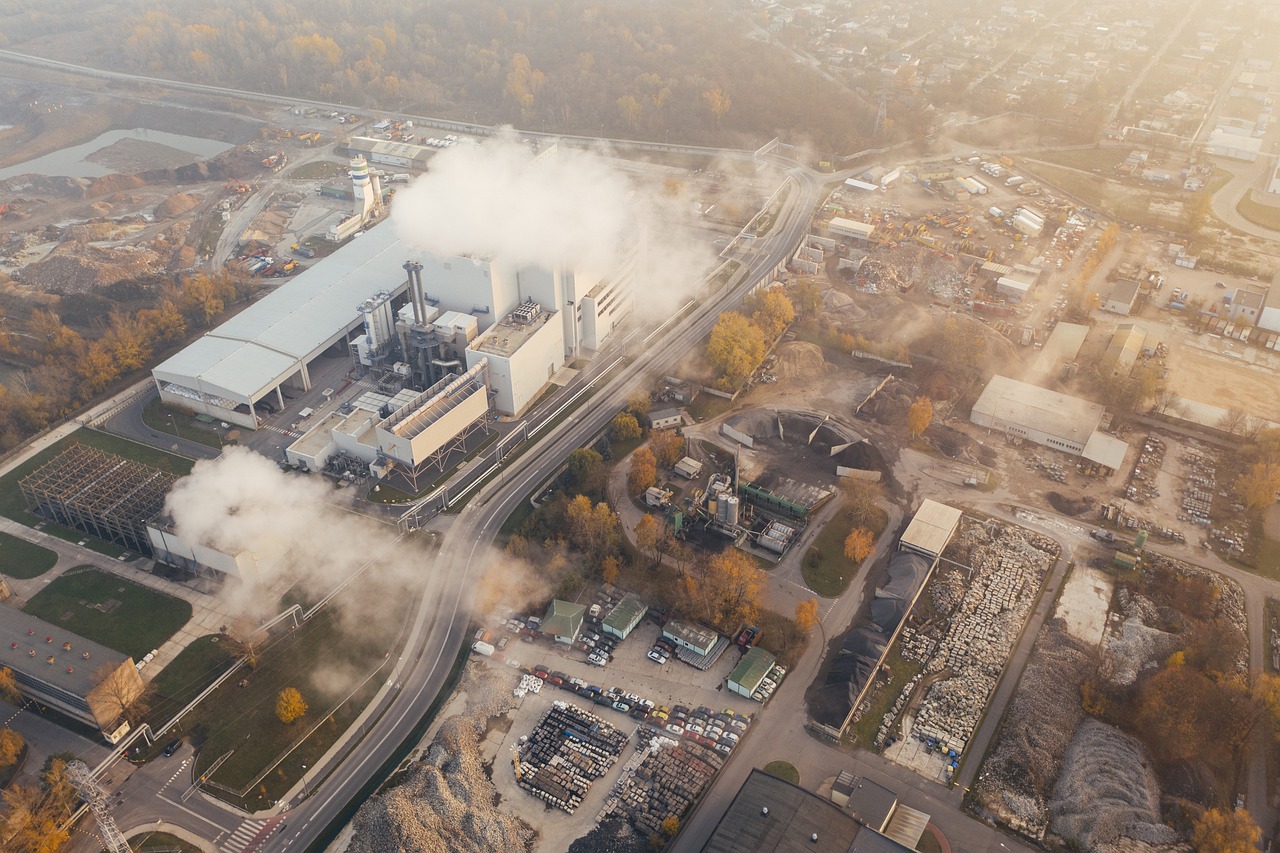
Vocabulary:
- transition /tran-ZISH-uhn/
- leadership /LEE-der-ship /
- momentum /moh-MEN-tuhm/
- allocate /AL-uh-keyt/
- consent /kuhn-SENT/
[noun] – a change from one form or type to another, or the process by which this happens
The transition from a totalitarian regime to a democratic government was not without its challenges and obstacles.
[noun] – the set of characteristics that make a good leader
Effective leadership requires not only a clear vision and strategic plan but also the ability to inspire and motivate a team toward a common goal.
[noun] – the quality that keeps an event developing or making progress after it has started
With growing public support and media attention, the movement for environmental protection gained momentum.
[verb] – to give something to someone as their share of a total amount, to use in a particular way
As the organization faced increasing financial constraints, it became imperative to allocate its limited resources with good judgment.
[noun] – permission or agreement
Consent means allowing something to happen, like a medical procedure, after being fully informed about the risks and benefits.
Article reading:
Scotland and English regions, such as Tyneside, Teeside, Merseyside, and the Humber, have performed particularly well in the green economy, contributing more to growth than London and the South East. The report also states that green jobs pay significantly more, with an average wage of £42,600 compared to the national average of £33,400. However, despite the UK’s strong position in green technology, particularly offshore wind, its leadership is at risk as other countries, including the US, now offer a more attractive destination for green funding. This has led some to express concern that the UK is losing momentum in the race to reach net-zero emissions. The passing of the Inflation Reduction Act in the US, which allocates $369 billion towards climate change, has shifted the global dynamic for green investment, making the US a more attractive destination.
In response, the UK government has said it is leading the world in tackling climate change, with plans to support up to 480,000 jobs by 2030, driven by £100 billion in private sector investment and £30 billion in government funding since March 2021. However, others have called for a quicker pace of planning and consent for renewables and vehicle charging to ensure that the UK remains a leading destination for green investment. The chief executive of Energy UK, Emma Pinchbeck, said it takes 12 years to build a wind farm in the UK, when it should take one.
Discussion Questions:
- Are there any positive changes in your community as a result of the transition to a greener economy?
- Have you ever considered working in a green job or pursuing a career in the green economy? Why or why not?
- If green jobs were paid the same as the national average, would more people consider working in the green economy?
- Do you agree that the UK’s transition to a greener economy has brought positive benefits for the country? Why or why not?
- In your opinion, do you think the UK government is doing enough to support the country’s green economy and tackle climate change, or is more action needed?
Summarization
Describe:
- contribute
- attractive
- emission
- shift
- lead